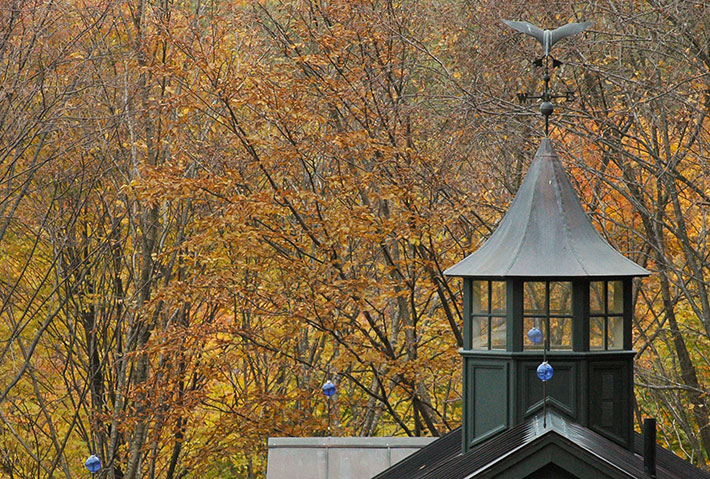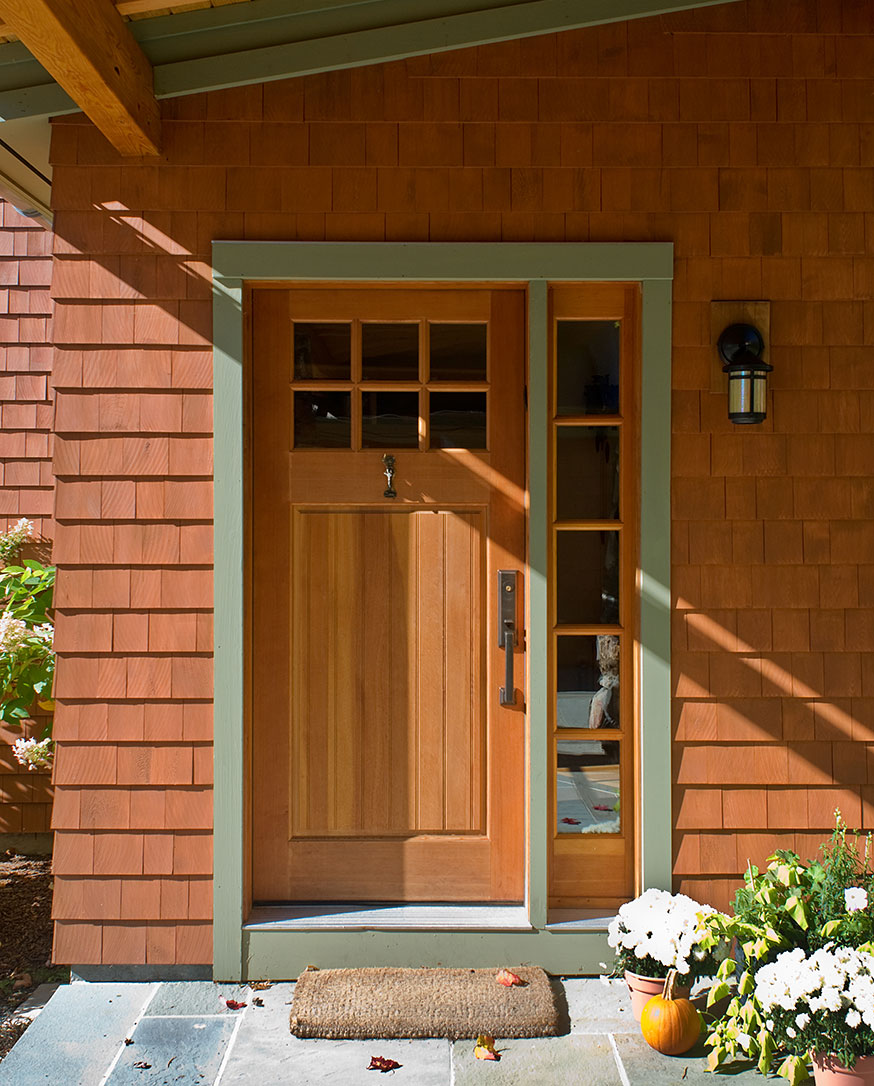Hire and talk with your builder early, before the plans are complete. Our many years of experience with various materials and methods may save you time and money in the long run.
If saving money or keeping to the schedule are top priorities we recommend you try to have your plans completely mapped out before construction begins so you can do as few change orders as possible.
When a potential change arises, let us know as early as possible. Often times we can mitigate the added cost and time of change orders through discussing alternative material or labor options.
Sometimes change orders are unavoidable, so it’s good to plan for them in your budget.
Always submit change order requests formally through Sacred Oak Homes’ site supervisor.




